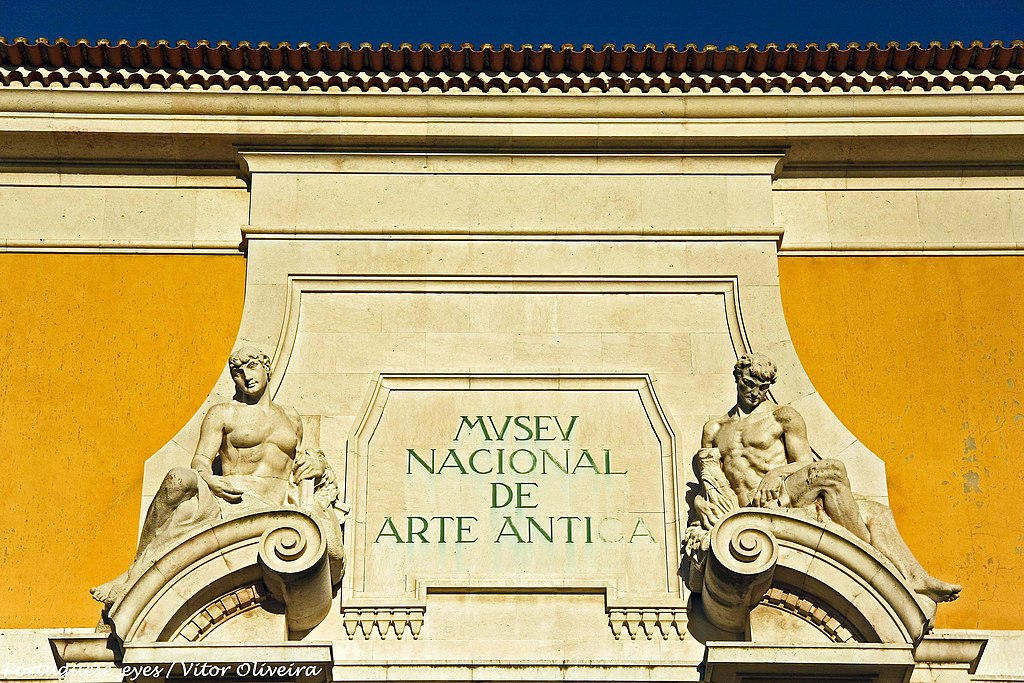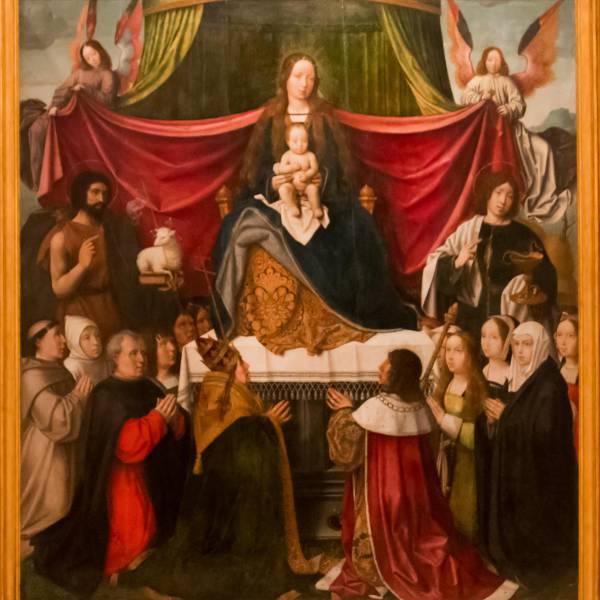The origins of MNAA can be traced back to the abolition of religious orders and the subsequent confiscation of monasteries in Portugal in 1834. This event resulted in a wealth of religious art and ornaments entering the public sphere. In 1836, under the initiative of the liberal politician Passos Manuel, the Academia de Bellas Artes (Academy of Fine Arts) was founded, establishing its headquarters at the former São Francisco da Cidade monastery near the Chiado district in Lisbon. While the primary focus of the Academia was nurturing new artists, in the same year, it established the Galeria Nacional de Pintura (National Gallery of Painting) on the lower levels of the building. This subsidiary division was responsible for selecting, caring for, and displaying some of the finest pieces from the expropriated monastic art held in government storage. A panel from the Academia carefully chose around 540 paintings for the Galeria, mostly consisting of religious-themed artworks of Portuguese origin.
During the chaotic period following the Portuguese Liberal Wars, private art collections belonging to ruined noble families were either expropriated or found their way onto the market. Notably, the painting collection of the disgraced former queen, Carlota Joaquina, was acquired by the Portuguese government and subsequently donated to the Academia in 1859. King Ferdinand II of Portugal, an avid art connoisseur, took a keen interest in the developing organization and secured its royal sponsorship. In 1862, the institution was renamed Academia Real de Belas Artes (Royal Academy of Fine Arts). Between 1865 and 1867, Ferdinand II generously made significant cash donations, granting the Galeria an independent acquisition budget and enabling the purchase of artworks from the art market.
In 1868, Francisco de Sousa Holstein, son of the 1st Duke of Palmela and vice-inspector of the Academia Real, spearheaded the remodeling of the Galeria's rooms. This renovation aimed to create a more suitable exhibition space for the expanding collection, ultimately opening the gallery to the general public. However, the facilities still remained inadequate, suffering from high humidity and cramped conditions. Furthermore, the space continued to be shared with unrelated visitors to the Academia, which had become somewhat of a social hangout for bohemian artists and students. Recognizing the need for a larger and more permanent museum, a commission led by Sousa Holstein recommended its establishment away from the Academia's premises in the Chiado district in 1875.
Lisbon.vip Recommends
The success of the exhibition and the public's response led to the decision to establish a permanent museum in the palace. In 1884, the Museu Nacional de Arte Antiga was officially founded. The museum's location in the Palácio Alvor-Pombal offers a fitting setting for its remarkable collection. Over the years, MNAA has continuously expanded its collection through acquisitions, donations, and careful curation. Today, it stands as one of the most renowned and visited museums in Portugal, attracting art enthusiasts and cultural enthusiasts from around the world. The National Museum of Ancient Art in Lisbon represents a treasure trove of artistic heritage, preserving and exhibiting the rich history of art from various continents and epochs for generations to come.





